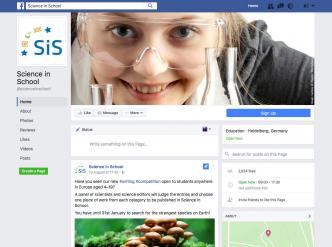
Connect with us on Facebook and Twitter
September 2, 2016 | Issue 36Join us for a daily dose of teaching inspiration.


Join us for a daily dose of teaching inspiration.
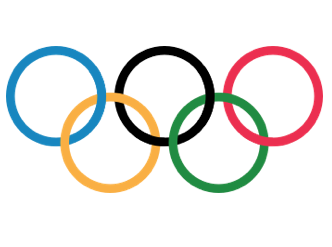
How science helps athletes to succeed
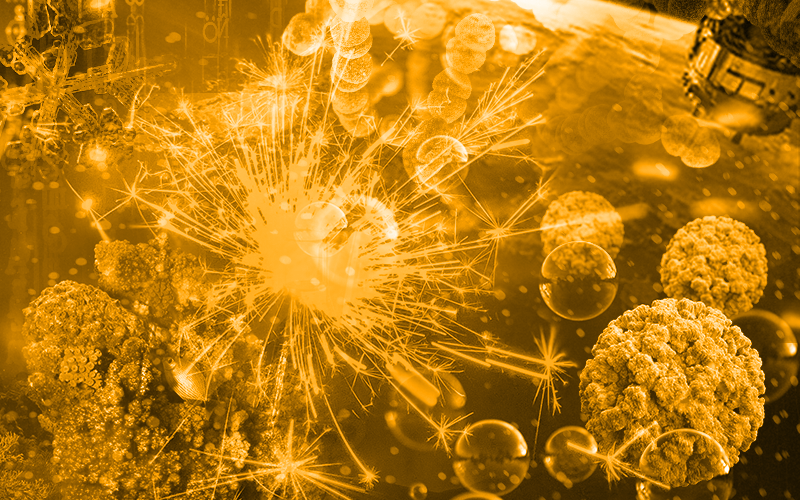
The diverse bacteria in and around us can influence our health in a multitude of ways
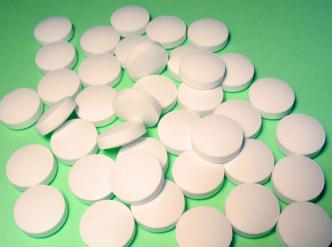
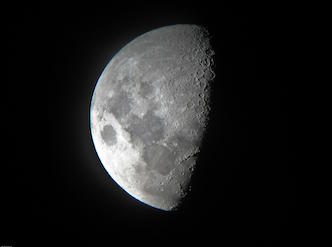
What we learnt from the first moon landing, and the curious questions that remain.
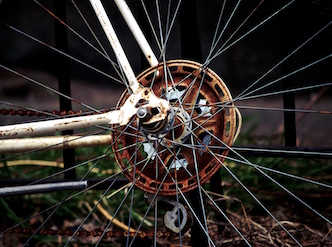
Using everyday examples to teach about oxidation-reduction reactions.

A collection of cosmic resources for Asteroid Day

A range of resources to teach about ABO blood groups
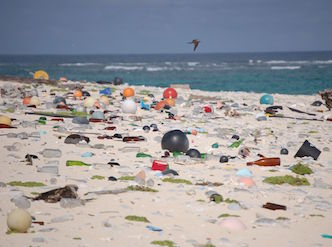
Educate others about the importance of the ocean
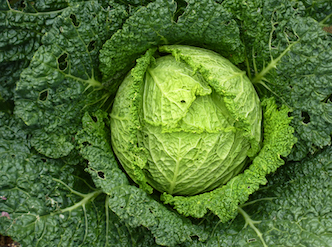
Getting students excited about eating greens might be hard, but motivating them to learn about nutrition doesn’t have to be.
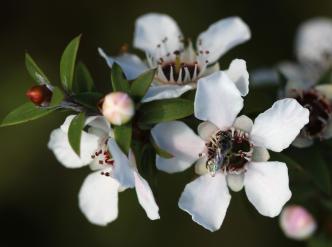
As a ‘scientist / inventor in residence’ at a primary school, teacher Carole Kenrick inspires children and is inspired by them.
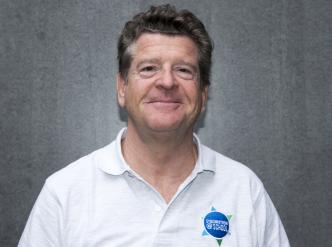
Bruno Pin can go a long way to find new methods of making science meaningful to his students.
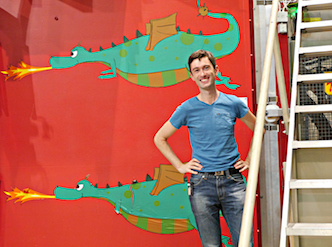
Five young researchers are working to create a star on Earth.
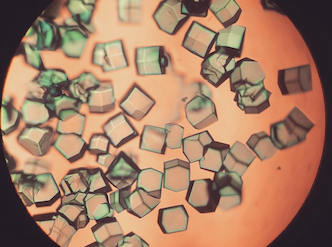
Activities you can use again and again, much like enzymes themselves.

One of the world’s largest migrations is probably driven by a hormone that governs our sleep patterns.
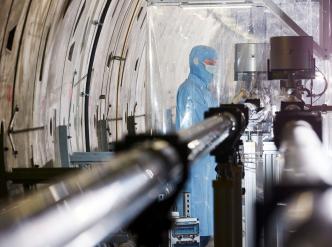
Take a closer look at the construction of European XFEL.
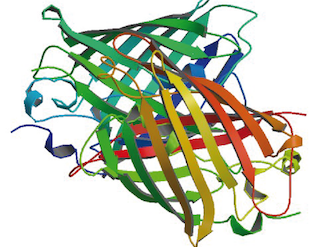
Learn how fluorescent biosensors can monitor the chemistry inside living cells.
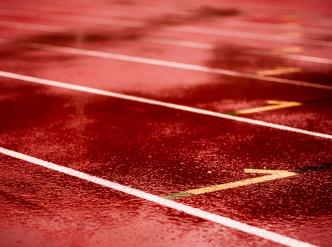
When we watch elite runners breaking world records, we rarely think about the chemistry and physics of the running tracks.
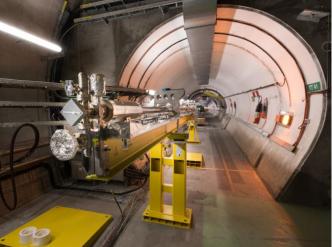
Science in School is published by EIROforum, a collaboration between eight of Europe’s largest inter-governmental scientific research organisations (EIROs). This article reviews some of the latest news from the EIROs.
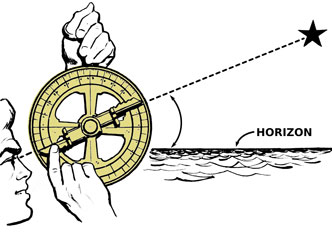
Get your students to use their smartphones for some hands-on astronomy.
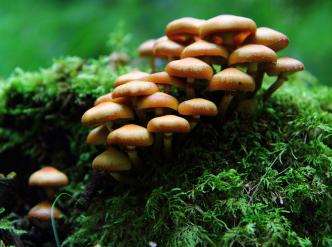
Encourage your students to enter our writing competition – and see their work published.
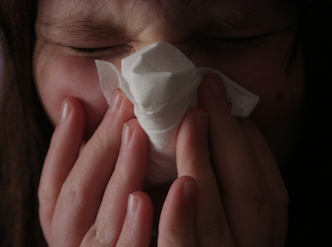
Recreate the epic fight between pathogens and the immune system in your classroom.
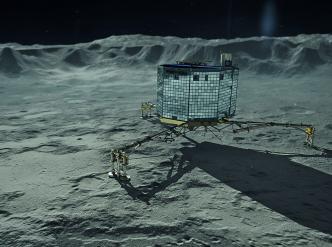
How a great achievement of the European Space Agency can become an inspiration for your students.
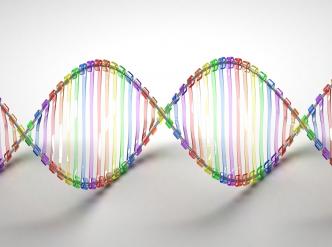
Get your students to crack the genetic code for themselves.
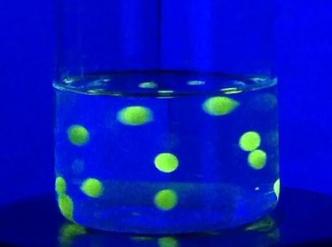
Alginate bubbles are useful in chemistry lessons as well as in molecular gastronomy.

Welcome to the new issue of Science in School. It may not be so obvious at first glance, but there’s something different about this issue.